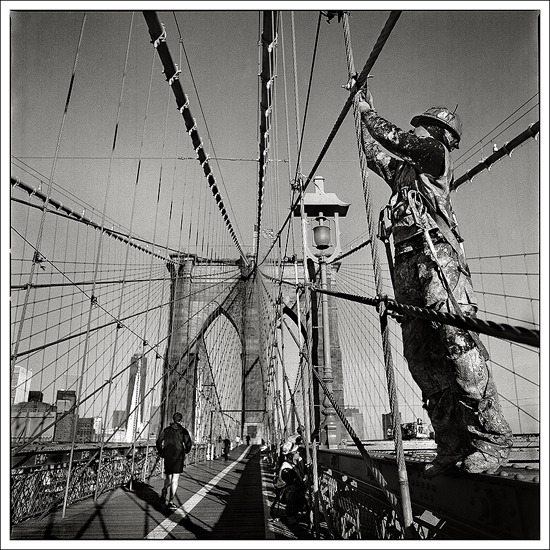
I don’t recall exactly when and where I first came across the photographs of Maike Venzl. But I do remember that her unique style immediately got me hooked. Maybe it is because she uses medium format film cameras exclusively, maybe it is because of how she communicates her personal view of the world through her pictures. Or maybe it is because of both. It’s not every day that you come across someone who uses medium format film for street photography, let alone who creates such captivating multi-layered imagery. Reason enough for us to take a closer look at Maike’s work, and to have a little chat with her.
All images in this article are copyright by Maike Venzl and used with permission.
The Phoblographer: How did you discover photography?
Maike: Since I’ve been 9 years old, I’ve always been taking pictures here and there. Horses and vacations. When I bought an insanely expensive 3 megapixel discounter camera in 2001, I began to experiment with the shooting parameters. All manual right away, never using program modes. I wanted to learn how aperture, shutter speed and ISO relate to and influence each other. Shooting night scenes in the warehouse district of Hamburg got me hooked.
The Phoblographer: How do you approach a picture? Do you look for specific moments or scenes, or do you let them approach you?
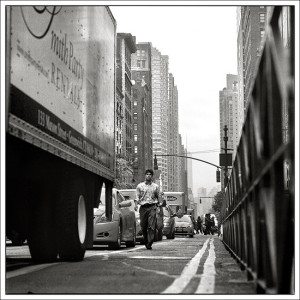
Maike: My style is mostly street photography, and atmospheric urban scenes. Looking for pictures happens in two ways: sometimes, a scene approaches me, and I grab my camera. Or I see an interesting crossroads (for example with a zebra crossing), where I like to stop and wait, sometimes for up to 30 minutes, until someone interesting crosses the street or an interesting, ephemeral situation occurs. Something has to happen. I don’t photograph empty crossroads, even when they’re surrounded by beautiful architecture. There’s got to be life in it.
The Phoblographer: Do you prefer certain types of scenes?
Maike: City ambiences. That includes street photography, that can be interaction between people, or just some small detail of a city, but there always needs to be something going on in a picture. Be it a cat at the curb or passersby in the background (preferrably blurred, hence my frequent use of wide apertures.)
The Phoblographer: You’re mainly using black-and-white medium format film. What is the reason for that?
Maike: For one thing because for me, black-and-white pictures evoke much more intense sensations when it comes to street photography–actually, every time when there are people in a picture. Personally, I find that color distracts too much from what is actually going on in a scene. (There are exceptions, however. An impenetrable agglomeration of clotheslines in Naples, for example, only makes sense in color.) And I use medium format film because to me, the pictures feel much more three-dimensional, almost as if you could reach into them, especially when using a wide open aperture.
The Phoblographer: Who or what is your inspiration?
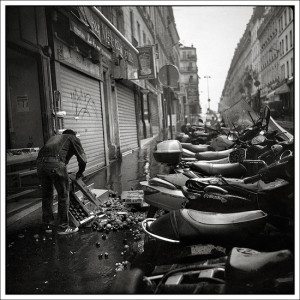
Maike: That depends. Sometimes I have these ideas in my head, or the wish to capture a certain ambience (for example in Paris, France.) This can happen when I’m lying in bed, or when I’m at a location. Some little detail can cause a whole story to unfold in my head. I also get a lot of inspiration from browsing through photo books–classics such as Henri Cartier-Bresson, Eliott Erwitt, Jaques Prévet, Jean-Claude Gautrand and the like. But amateur photographers can likewise inspire me. I like to just look and browse, especially when it comes to street photography, without concentrating on who the photographer is. It’s all about the moment that asks to be captured. Often that involves luck, often that moment can be expected, but it’s never set up.
The Phoblographer: Which of your pictures do you cherish most?
Maike: Those with lots of emotions. Those are quite frequently fleeting urban impressions. And mostly, those are pictures that aren’t technically perfect from an expert’s point of view, for example where focus is slightly off.
The Phoblographer: Is there one or more places that you visit again and again?
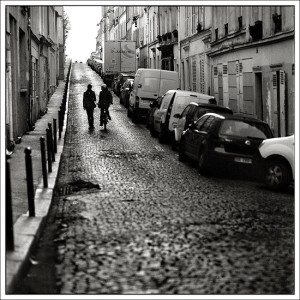
Maike: Yes, Paris. The many faces of the city, the vibe of the Montmartre, I never get tired of taking pictures there.
The Phoblographer: What is your favorite equipment, and why?
Maike: Two medium format cameras: a Franka Solida III, which is an old bellows camera from the early 1950s. I love it because it is quick. Well, only if one is quick oneself. No focusing to fiddle with, no control. Just a small peephole, you have to guess the distance and set it accordingly, as well as aperture and shutter speed. It takes the more emotional pictures. At least that’s my impression, the old lens show some vignetting wide open. And when I manage to correctly guess the distance (which can be really tough when using the widest aperture with its shallow depth-of-field,) it produces heart-meltingly beautiful pictures. I don’t like closed apertures anyway.
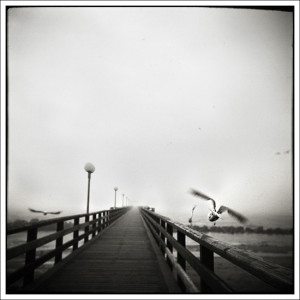
Then there’s my Hasselblad 500 C/M, built in 1973, which makes it two years younger than myself. For a normal field of view I’m using my Franka Solida, and the Hasselblad for wide-angle and short telephoto. Both for street photography, and the Hasselblad also for pictures of musicians in dimly lit Jazz bars, which I’ve been practicing since I first got to know and fell in love with Paris in 2012. I use it when I want to be in full control (it has a matte screen for focusing.) When using the Franka Solida, I sometimes leave it up to the old lady, to chance and luck.
The Phoblographer: Is there anything else you’d like to tell our readers?
Maike: That they please not put so much weight on technical perfection, but rather concentrate on what a picture communicates to the viewer, and what it evokes in them.
Thanks, Maike, for taking the time to answer our questions and for giving us permission to showcase some of your work! You can see more of Maike’s work over at her website, or you can follow her via her Facebook page.
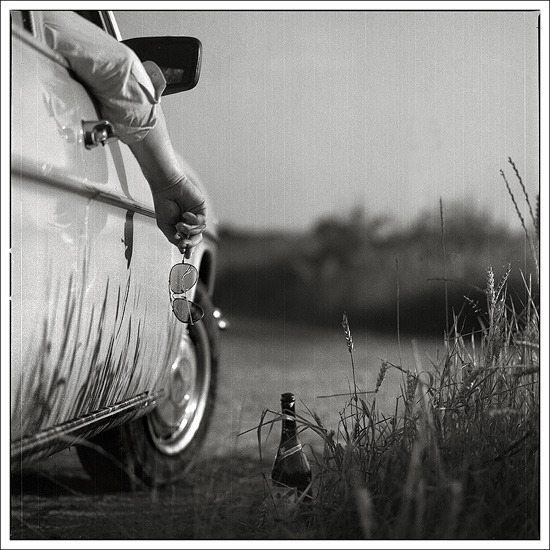
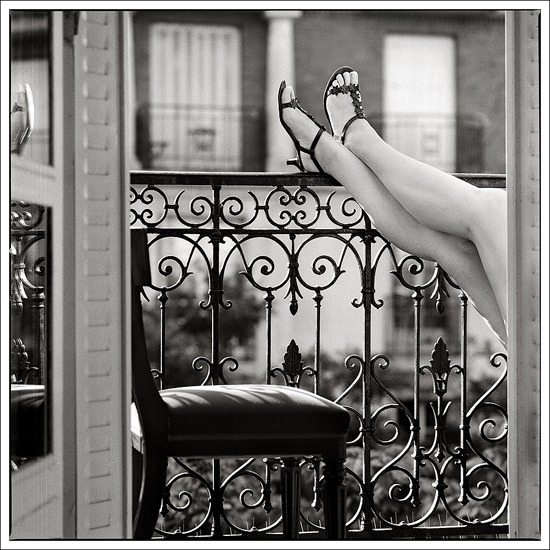
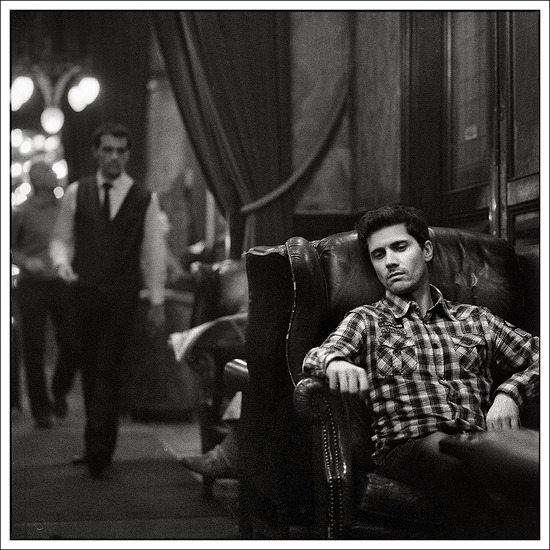
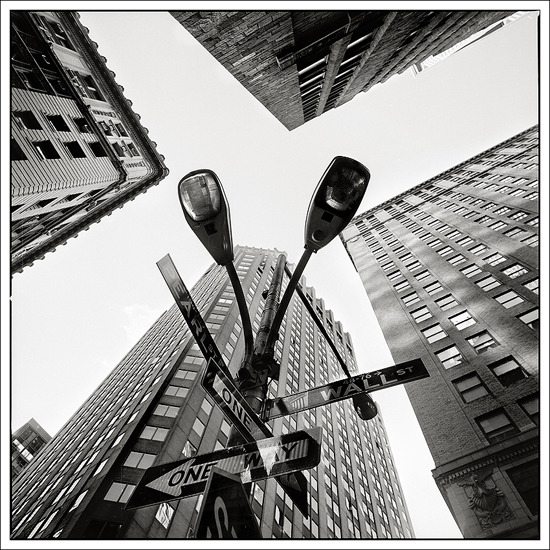
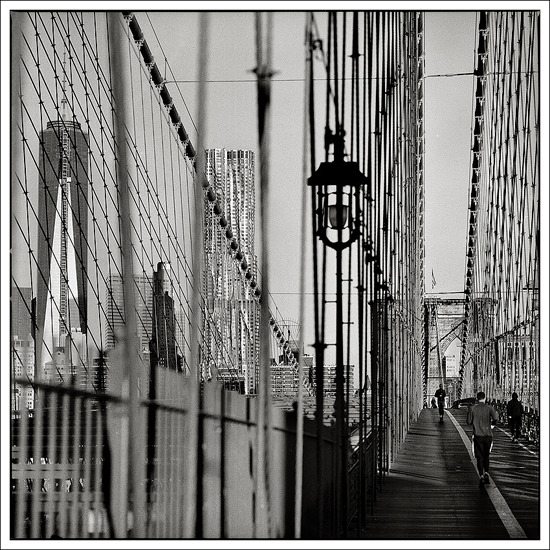
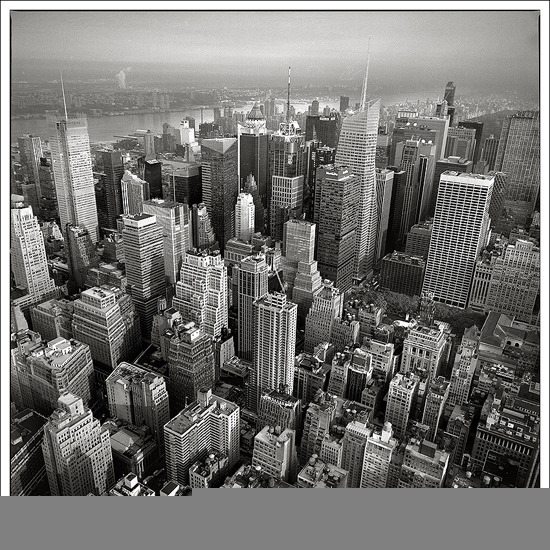
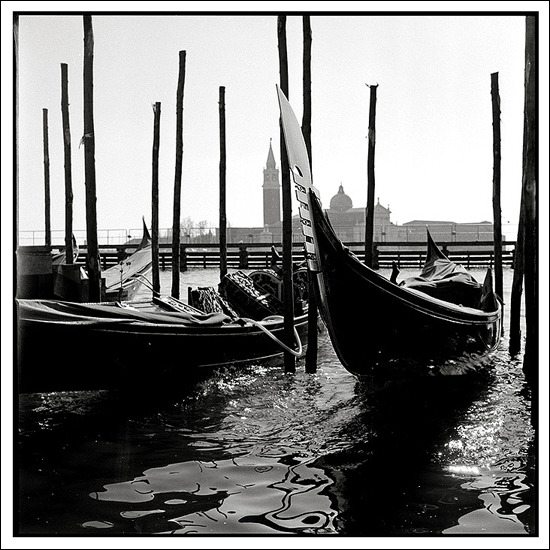
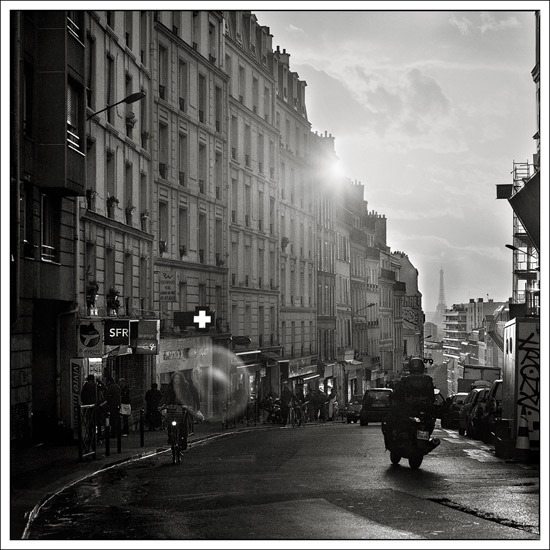
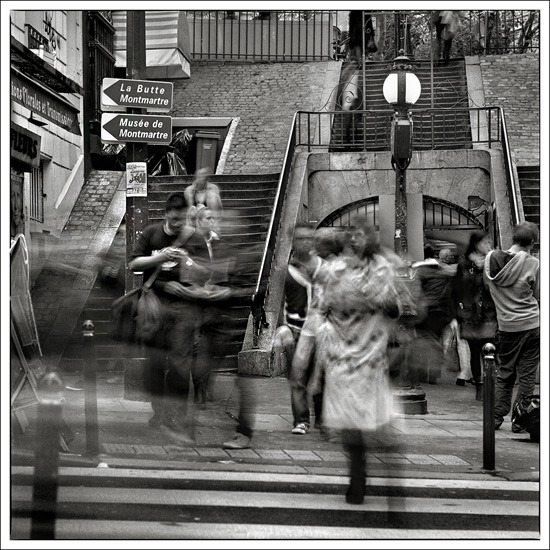
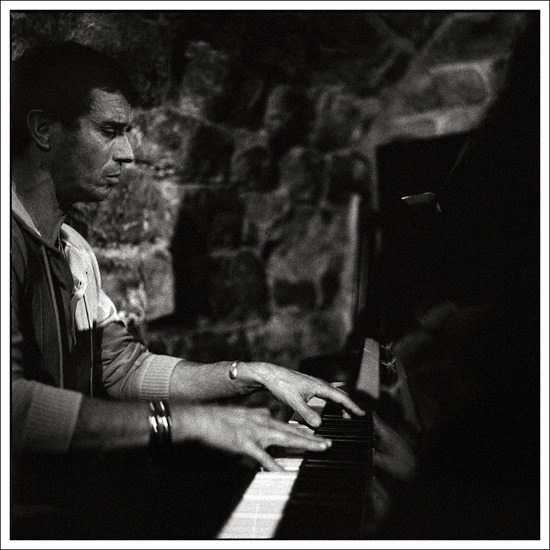
For more, please follow us on Facebook, Google+, Flickr and Twitter.

